Kieran Egan presents a fascinating, effective overview of the imagination’s central role in learning. He explains how teachers can harness imagination to help students become excited about education and become more effective learners with improved test scores. Egan explains crucial cognitive tools for teachers, and outlines difficulties educators may face in emotionally connecting to and embracing their own imaginations in the teaching environment. getAbstract recommends Egan’s fresh, convincing methods to teachers on every level, to educational administrators, and to anyone interested in becoming a more efficient, receptive learner.
Students and Imagination
The best way to inspire students and get them excited about learning is to engage their imagination. Teachers can use numerous cognitive tools to plan and implement imagination in their daily lessons.
While some teachers may worry that focusing on imagination might not be central to their primary educational mission of making students literate and teaching math and science, in fact, imagination lies at the heart of all learning. Tapping into students’ imagination fuels enhanced learning, no matter what subject you are teaching. This process involves not only your students' ability to imagine, but also their emotions; the two always function in tandem in the psyche.
For students to acquire and retain knowledge, teachers must bring it to life. Imagination perfectly complements the “three great multipurpose cognitive tools: language and literacy and theoretic thinking.” Teachers who make imagination central in their lesson planning and instruction have more engaged students who achieve higher standardized testing scores.
Basic Learning
The primary cognitive tools for basic learning include:
- “Story” – Storytelling...










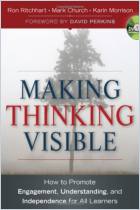
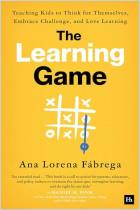
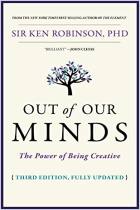
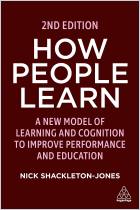
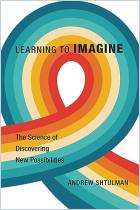
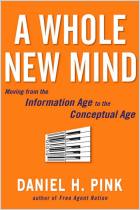

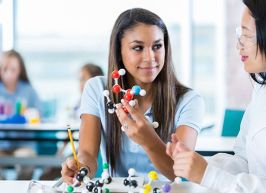

Comment on this summary or 开始讨论